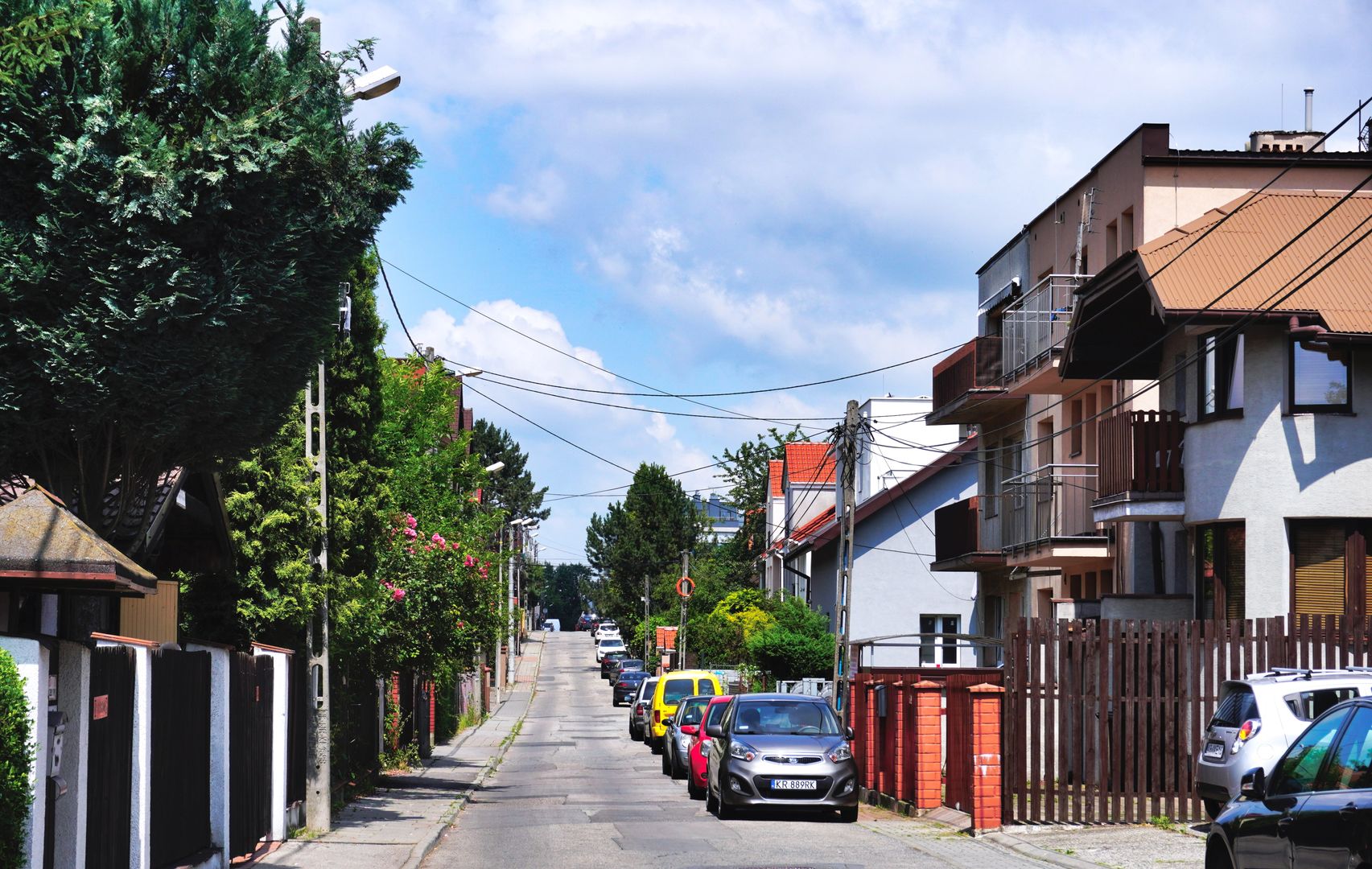Bronowice Wielkie
6.47

Overview
Bronowice Wielkie is a district of Kraków that has transformed from a historic village into a dynamically developing residential area. It is home to educational institutions such as Primary School No. 51 and a branch of the Kraków Library. The district also hosts important research institutes, including the Institute of Pharmacology of the Polish Academy of Sciences and the Institute of Nuclear Physics, where Poland's first cyclotron was installed. The architecture of Bronowice is diverse, featuring modern housing estates, palaces, as well as historic chapels and shrines, such as an 18th-century roadside figure and chapels from the 19th and 20th centuries, often linked to local traditions. The history of Bronowice dates back to the Middle Ages when the village was founded by the Benedictines of Tyniec and received its town charter under Środa Śląska law in 1274. In the 17th century, the village adopted Magdeburg law, which influenced the development of the local community. Bronowice gained fame not only for its natural charm but also as a place associated with culture and art, inspiring many artists, including Stanisław Wyspiański. The area also preserves buildings of historical significance, such as the eclectic Fischer Palace, which now houses the Department of Pharmacology. Sports in Bronowice are represented by the Bronowice Sports Club, which, with its rich tradition, serves the local community. An interesting fact is that the district regularly hosts cultural festivals. Bronowice Wielkie is characterized by its advantageous transport links, proximity to major national roads and shopping centers, as well as abundant green spaces, making it an attractive place to live.
Location
Tickets
Powered by GetYourGuide
2025 Wizytor | All Rights Reserved